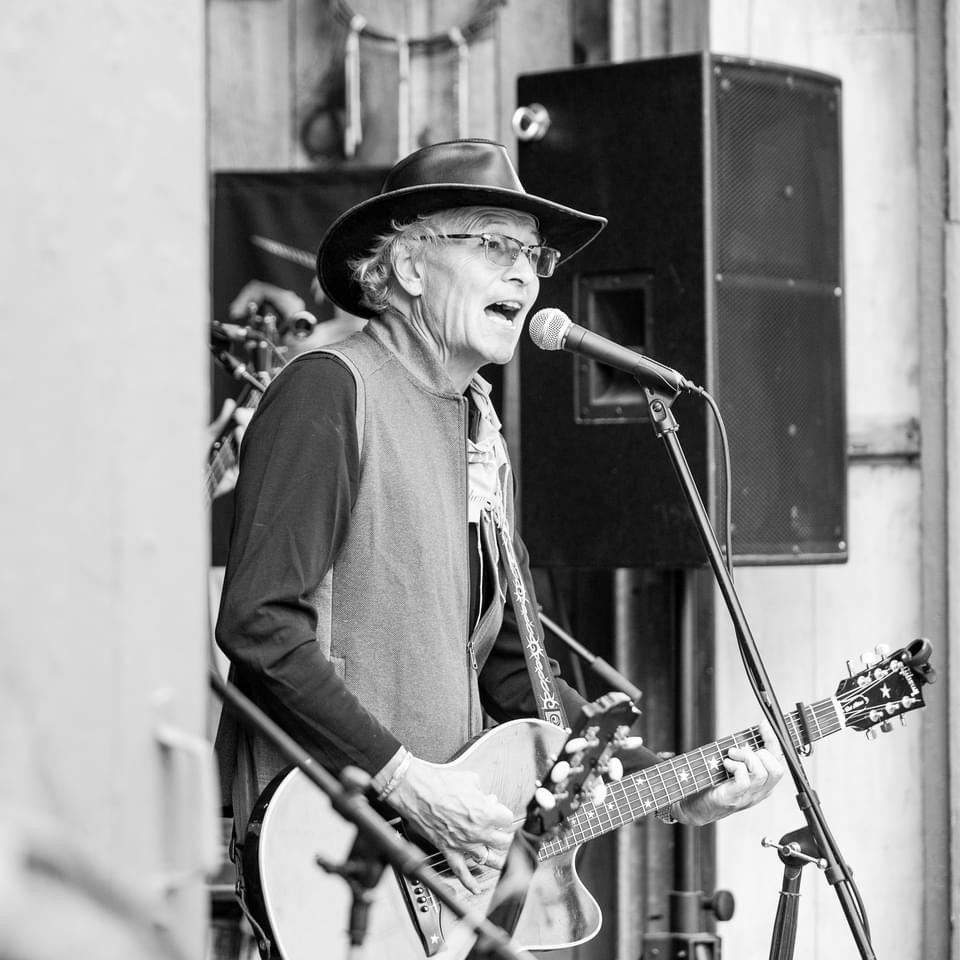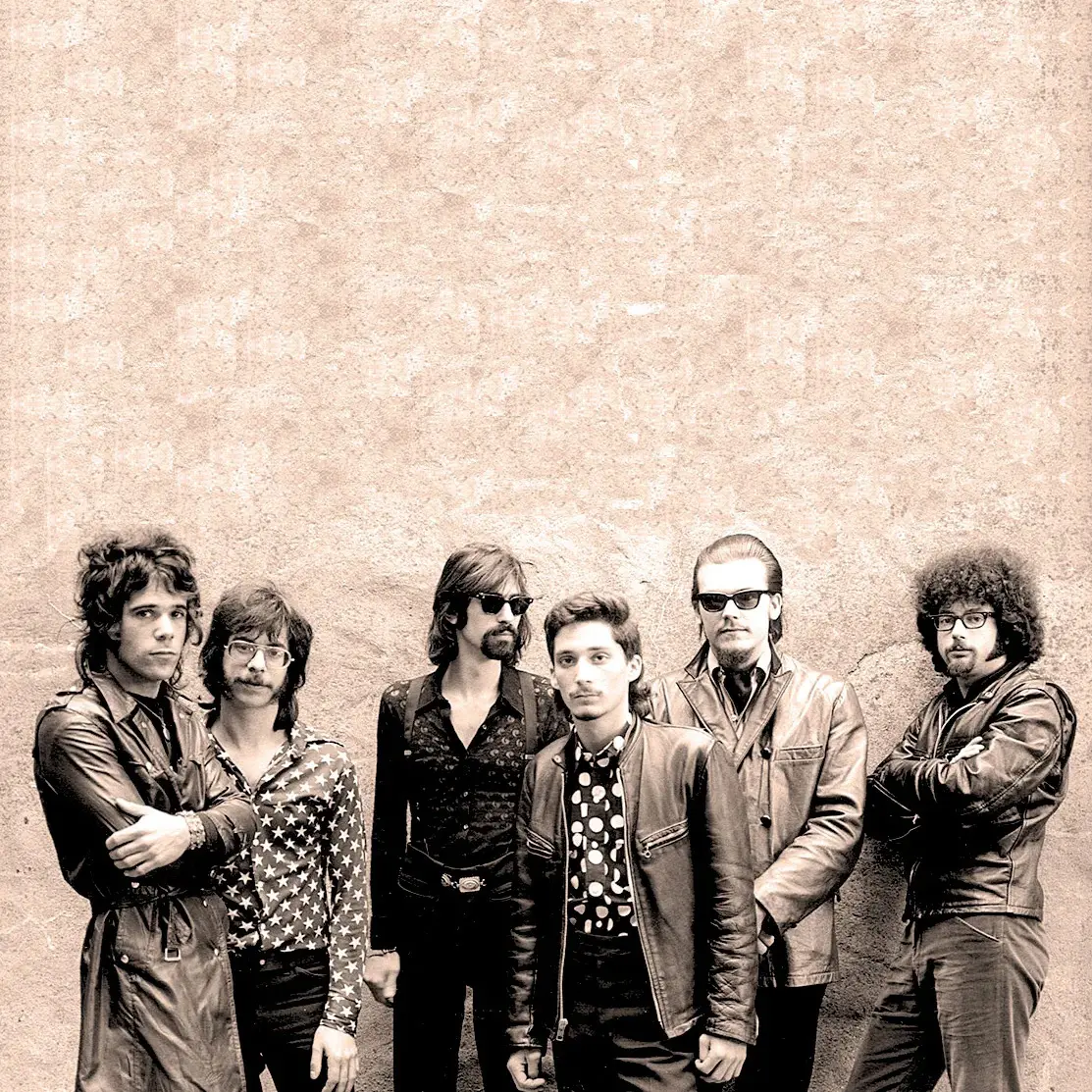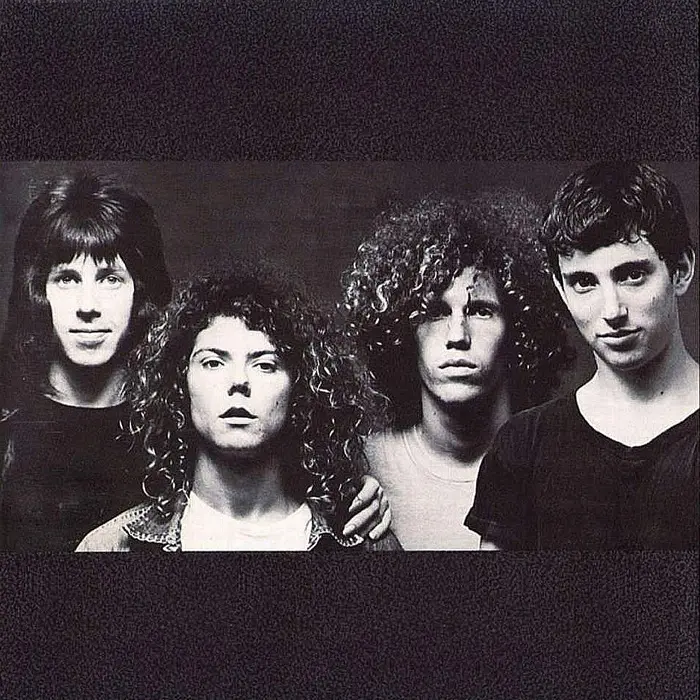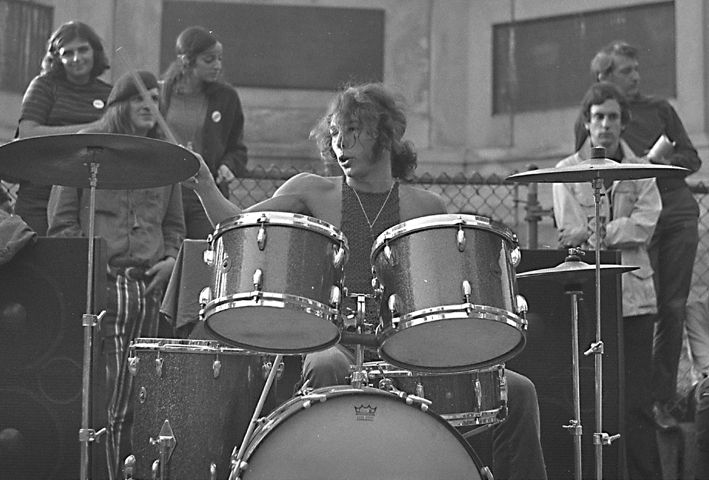Sunday On The Common With The Allmans, 1969
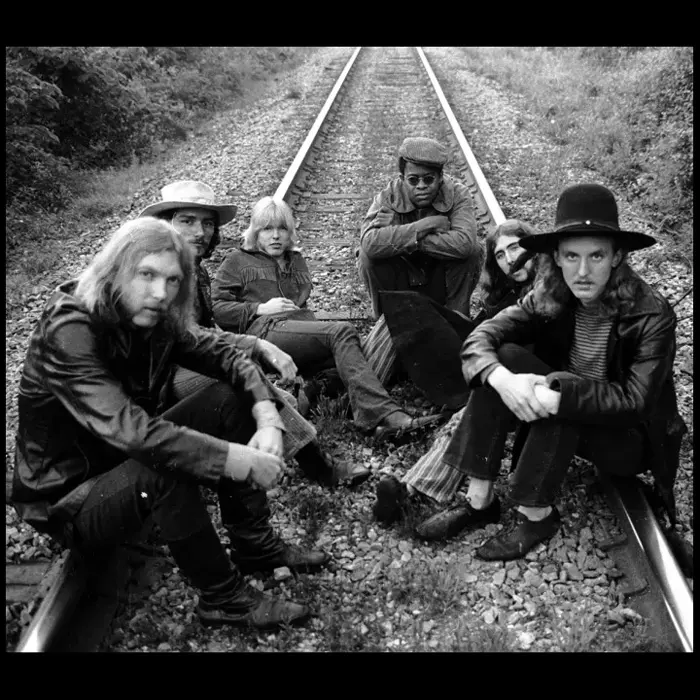
It was a Sunday in May in 1969 and we were off to Harvard Square for the weekly free concerts on the Cambridge Common. These were dreamy times. We — the youth of America — had found a common voice in music, politics, sex and in mind-expanding psychedelic drugs, meditation and self-awareness. Sundays became the day of our cultural celebration and there was always excitement in the air. San Francisco had Haight-Ashbury, New York had Washington Square Park, and we had Harvard Square. It was here that we would commune with our people: the peaceniks, the hippies, the SDS, the Black Panthers. Maybe Tim Leary would show up, or Ram Dass, or Bobby Seale. It was in this moment in time that we came together — some of us from the wealthy ‘burbs and some from Dorchester — we were united in that spirit of peace, love and music. We had found each other.
My crew took the Green Line from Newton — the Riverside Line — to Park Street Station, where we connected to the Red Line that took us to Cambridge, over the Longfellow Bridge, the so called “salt and pepper bridge” because its architectural features resembled salt and pepper shakers. I would stare over the Charles River as the train traveled over that bridge, looking west, filled with expectation, before the train went underground again on the other side of the river at Kendall Station near MIT. A few more stops and we would be there, with everybody, in our used jeans and jean jackets, beads and necklaces, cowboy boots and moccasins. The excitement built as the stale air rushed in at Harvard Square station. Up we went into the blue sky and the bustle of youth on the traffic island by Nini’s Corner and Out of Town Tickets. We would stop at Truc, the head shop, for rolling papers or another string of beads before we walked the last few blocks to the Common, and the smell of strawberry incense hit us like magic. Every Sunday it was the same, and it seemed like it would last forever.
As we got near the Common, we could hear the sound system getting tweaked out and that smell, the smell of incense and pot — fantastic. We were home, with our people. The crowd thickened and Leda and Marla were there with their posse of dancers in their long skirts and lace tops, beautiful and flowing and, yes, there were flowers in their hair. Wow. As we got closer to the monument at the center of the common, there were several hundred seated just beyond the “stage,” a patch of dirt marked off for the musicians with the stacks of Altec Lansing speakers (was that Terry Hanley’s system?) on either side of the stage.
On that particular Sunday, I walked around the stage scoping out the seating and up walked a bow-legged, long haired mustached biker-looking dude carrying a Fender Twin Reverb amplifier in his arms like a baby. Another guy, a smaller version of the first guy, but just as cool, walked up with a guitar and I saw the others on the stage setting up two drum sets, a Hammond B-3 organ with two Leslies and a literal wall of amplifiers, one stacked on the other. I watched them patch the amp channels together from opposite sides of the stage and I knew we were in for it. You could feel that this Sunday was a special day, there was just something about it. The temperature was perfect and the sun was filtered by thin clouds. We found a spot and sat down in a miniature space in the dirt about 10 feet from the stage. Here came the joints, one, then another. Yes. Leda and the girls danced by. Everyone was smiling. The show was about to begin. And then, impresario Bob Gordon got up and, after welcoming us all, said, “Ladies and Gentleman, from Macon, Georgia, THE ALLMAN BROTHERS BAND!” And what happened next was something anyone who was there will never forget. The band ripped into “Don’t Want You No More” with two drummers, two lead guitarists and that organ — that ripping Hammond B-3, the incredible sound of the wall of amplifiers with the instruments all blended together was unbelievable, like a freight train — and holy shit we were bowled over, then STOP. And it was that VOICE — Gregg Allman — as they slammed into “It’s Not My Cross to Bear.” I get goosebumps just writing about it. The set included all the songs from the first album and most of the tracks from Live at the Fillmore East which was a couple of years away at that point. That bow-legged guy carrying the amp was Duane, and the smaller guy was Dickie Betts. The other guys I’d seen setting up were Butch Trucks, Jaimoe Johnson and Berry Oakley.
I saw so many bands and performers on the Cambridge Common, some famous, like Alice Cooper, J Geils, Jonathan Richman and the Modern Lovers, ZZ Top, Chicago Transit Authority and others, and some not (I actually performed at one of the shows with my own band at the time, Mother Zamcheck’s Bacon Band) but the most vivid memory of all was the Allman Brothers Band. It’s hard to imagine, but we had never heard a band like this, with two guitars playing in harmony, two drummers and a literal wall of sound. It was Southern, it was mixed race, it was rock and blues, and it all had a veneer of psychedelia. Powerful, soulful and OURS.
The concerts ended in the early ‘70’s, like so many things and feelings of the time. But the impressions lived on in the music and in the spirit of those of us who had a glimpse of that utopia. Now Gregg has gone the way of his brother Duane. May we pass the beautiful feelings of those times along in some way to our future generations who need them now, more than ever.
(by John Cate)

